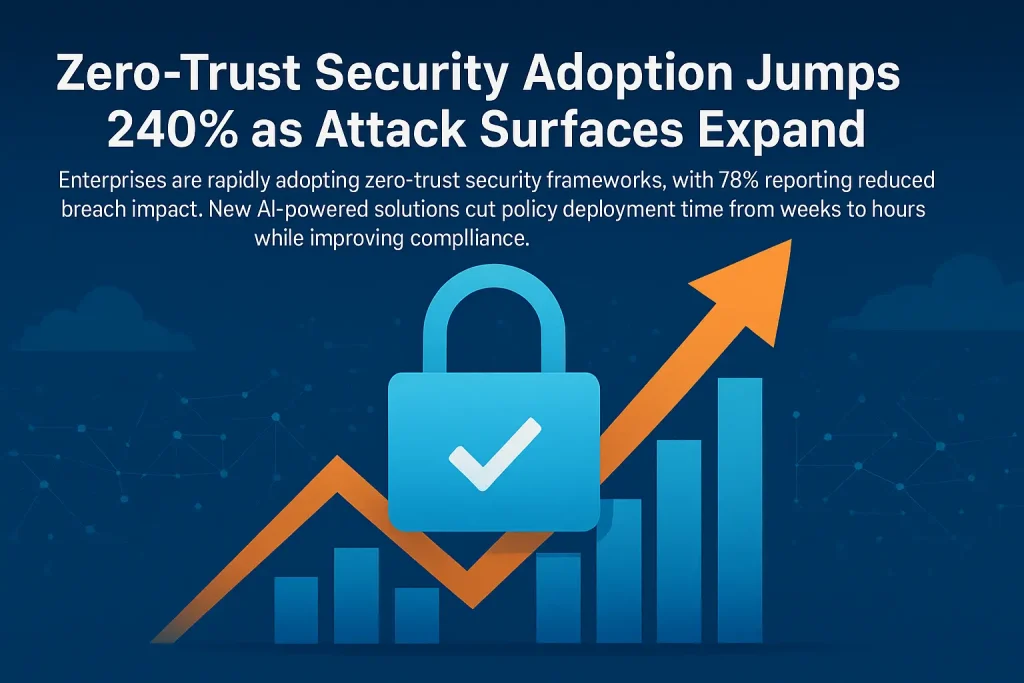The Zero-Trust Imperative
As hybrid workforces and cloud migrations expand corporate attack surfaces, traditional perimeter security has become dangerously obsolete. Major breaches like the MGM Resorts hack have accelerated zero-trust adoption, with Gartner reporting 240% growth in implementations since 2023. Unlike VPN-dependent models, zero-trust requires continuous verification of every user and device accessing resources—whether inside or outside corporate networks.
Technical Implementation Breakthroughs
Modern zero-trust platforms leverage AI to automate policy enforcement and threat response. Solutions like Zscaler’s AI Orchestrator and Palo Alto’s Cortex XSIAM use machine learning to analyze user behavior, device health, and transaction risk in real-time. Crucially, new API-driven architectures enable policy deployment in under 4 hours versus the traditional 3-week timeframe. This technical leap addresses previous adoption barriers like complex configuration and workflow disruption [LINK to implementation guide].
Business Impact and ROI
Forrester’s 2025 security survey shows enterprises with mature zero-trust programs experience 78% lower breach costs and 53% faster incident response. Financial institutions lead adoption, with JPMorgan reporting 91% reduction in credential theft attempts after implementation. Beyond security, these frameworks enable secure BYOD policies and cloud migration acceleration—Deloitte estimates 30% IT operational savings from consolidated security tools [LINK to case study].
The Road Ahead
By 2026, zero-trust will evolve beyond access control to become embedded in application development via DevSecOps integration. Emerging standards like NIST’s ZT-X framework will simplify compliance, while quantum-resistant encryption modules will future-proof implementations. Security teams should prioritize micro-segmentation and identity governance now to prepare for coming AI-driven threat landscapes.





